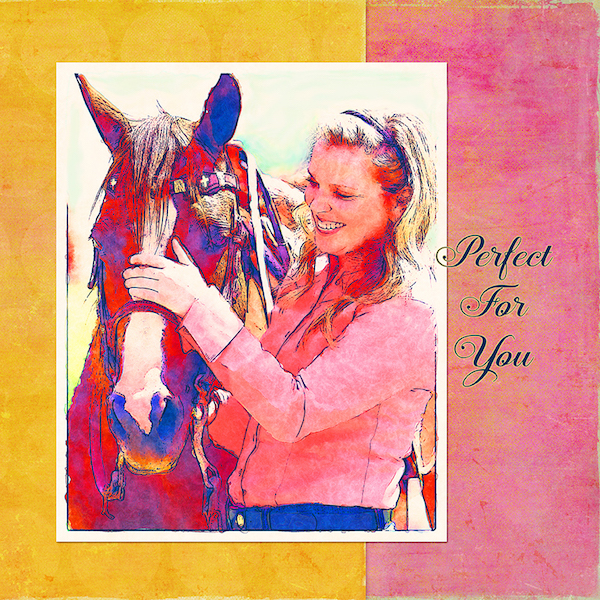
It was author Zig Ziglar who said, “Your attitude, not your aptitude, will determine your altitude.”
This is as true of our horses as it is of us. It’s their attitude that determines how well they ultimately do…in other words, how much they’ll “try” for us.
And so, in the non-pro or amateur horse, attitude is everything. You’ll go farther on a good-minded but lesser-talented horse than you will on a fabulous athlete with a don’t-want-to attitude. (You’ll likely have more fun and be safer, too.)
You can help improve a horse’s attitude somewhat, through skillful use of rewards and even clicker training. Your best bet, though, is to study a prospect’s inborn nature before you acquire him. Your goal is to learn if he’s basically an “easy” horse–or a more difficult one.
There’s no foolproof way to determine this, but the following tips will help you.
• Check the eyes. The proverbial large, soft, kind eye is highly valued for good reason—it’s associated with a trusting temperament and willing attitude.
The opposite is an eye that makes the horse seem nervous or suspicious of you for no reason. (If rough training in the horse’s past is the source of that suspicion, you may be able to train him away from it. Still, it’s not the ideal starting point for a relationship.)
• Look for willingness on the ground. When you go to catch the horse, does he seem friendly and amenable to being caught? When you present the halter, does he offer his head (bonus points), or raise it up (demerits)?
On the longe line, does he stick to business, listening to you through one ear cocked your way? Or does he keep looking directly at you (challenging your authority), or elsewhere (indicating a disinterested, independent streak)?
• Look for willingness under saddle. If he’s broke to ride, does he ungrudgingly move forward, turn, change gaits, and stop at your request? Or does he often hesitate or raise his head, indicating reluctance to comply?
Watch his general response to the unexpected—does he spook and then get nervous and fretful? Or is his behavior more like calm curiosity?
• Push him a little. This is the extra step that can tell you a lot about his inborn nature. Put him a little out of his comfort zone–frustrate him just a tad–and see how he responds.
For example, from the ground, apply pressure with your thumb to ask him to step away from you, then ask for several more steps. Does he stay relaxed and keep responding? Or does he begin to lift his head, pin his ears, or otherwise express displeasure?
Under saddle, ask him to try something he doesn’t already know how to do—maybe sidepass, work a gate, or travel a bit of unfamiliar terrain. Though the request may be confusing to him, does he give it a good-natured try? Or does he get cranky and unhappy? Does he stay even-tempered, or turn into a bully?
If, after all these tests, he strikes you as essentially easy and agreeable, he probably has that “little thing that makes a big difference,” as Churchill put it: a good attitude.
(For seven other key criteria to consider before acquiring a horse, see “Avoid Horse-Buying Mistakes.”)






